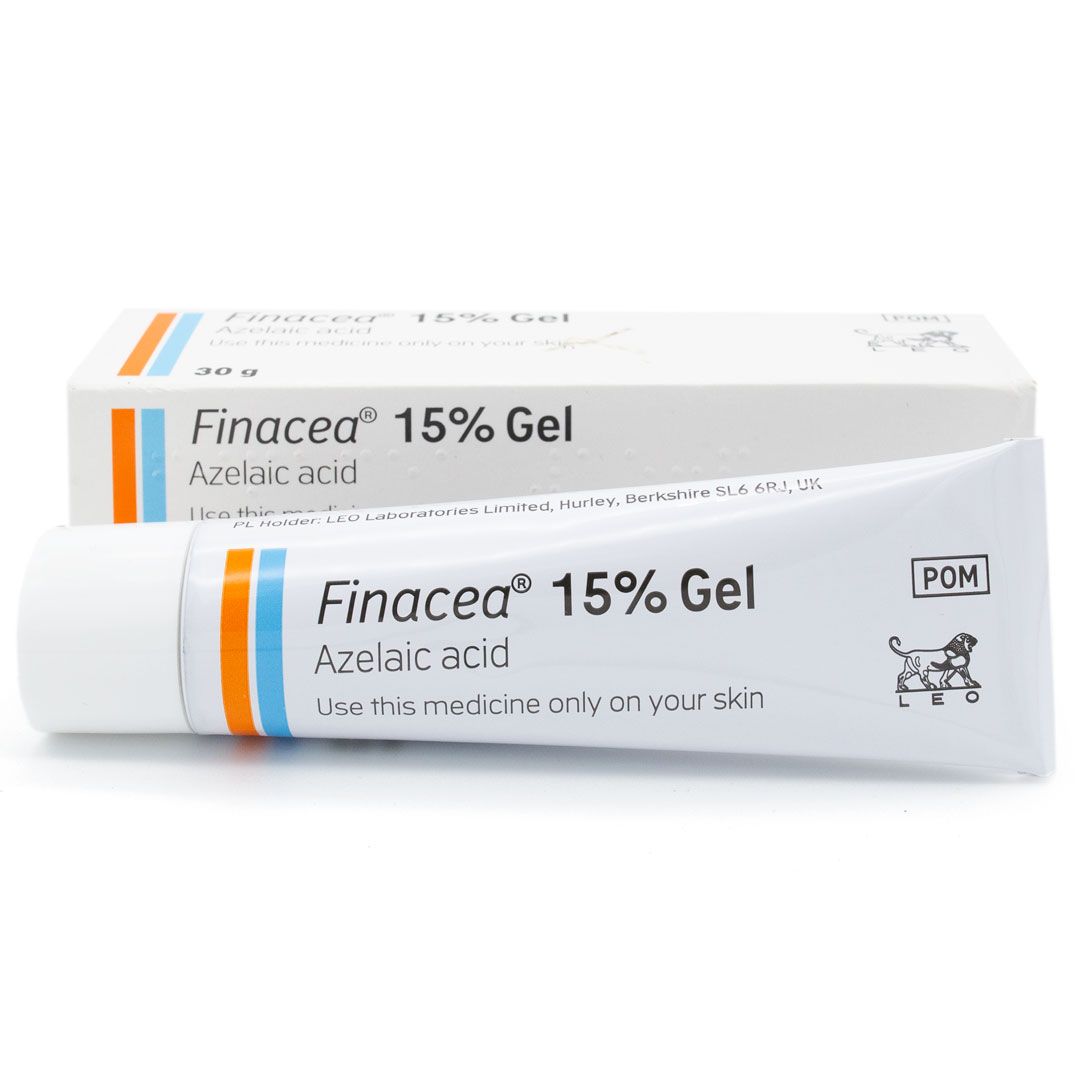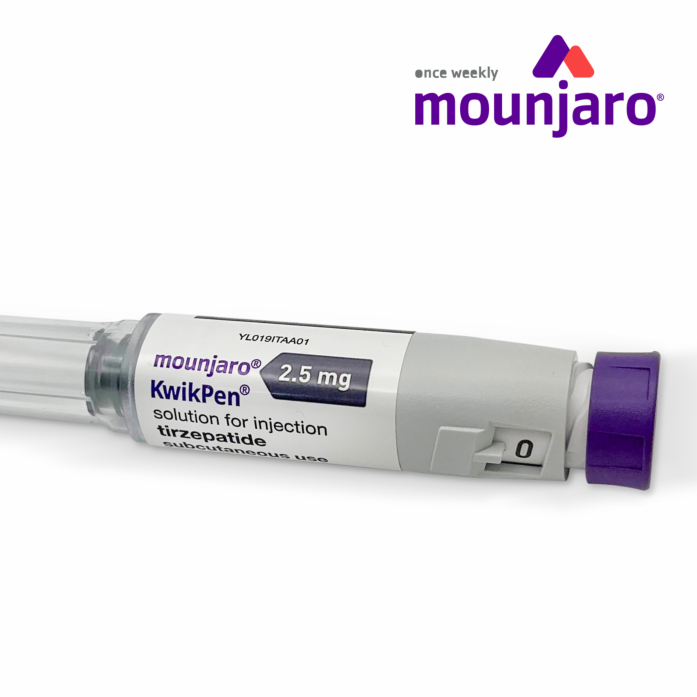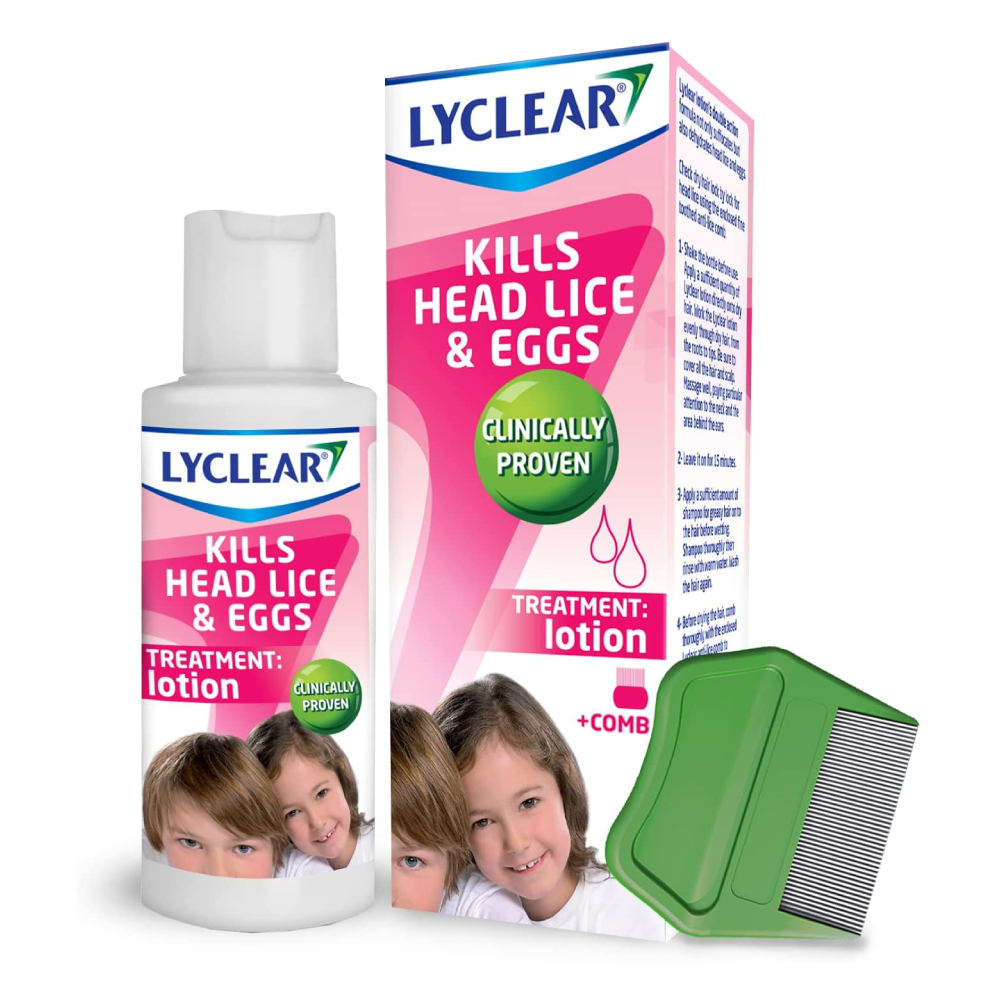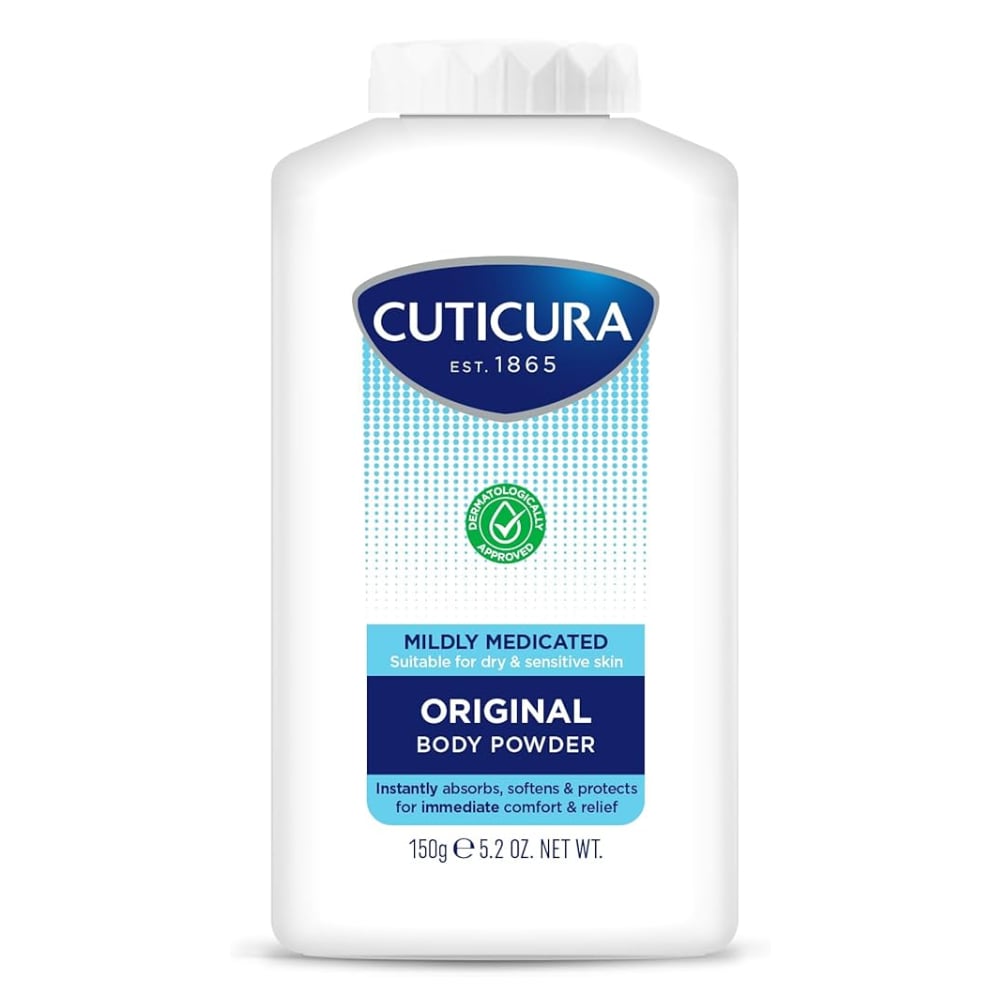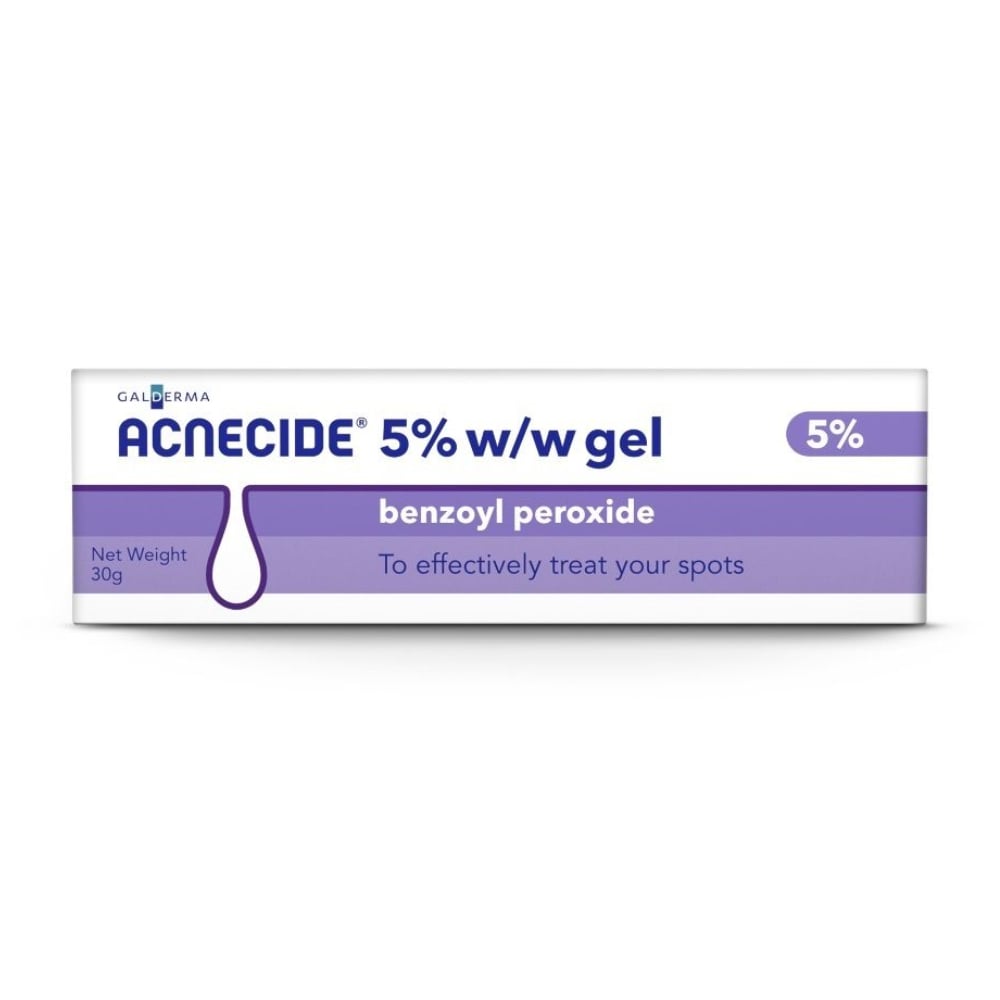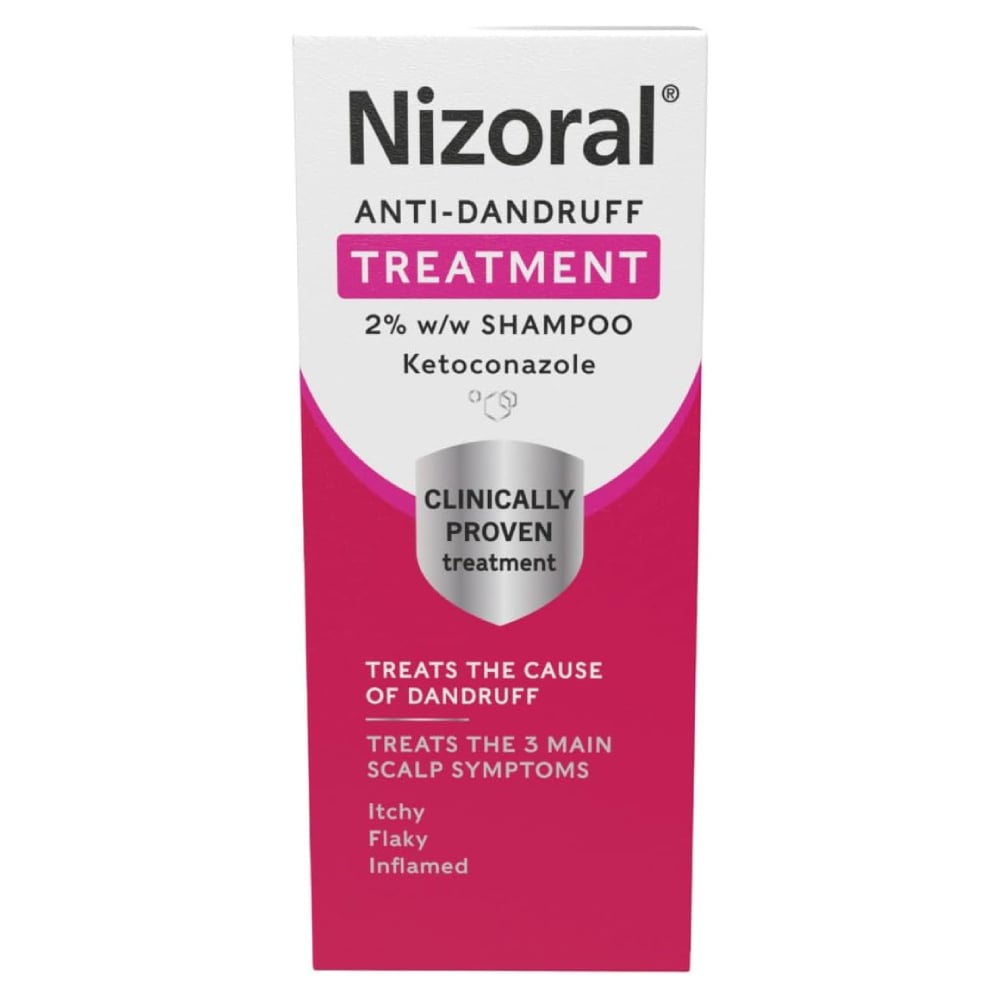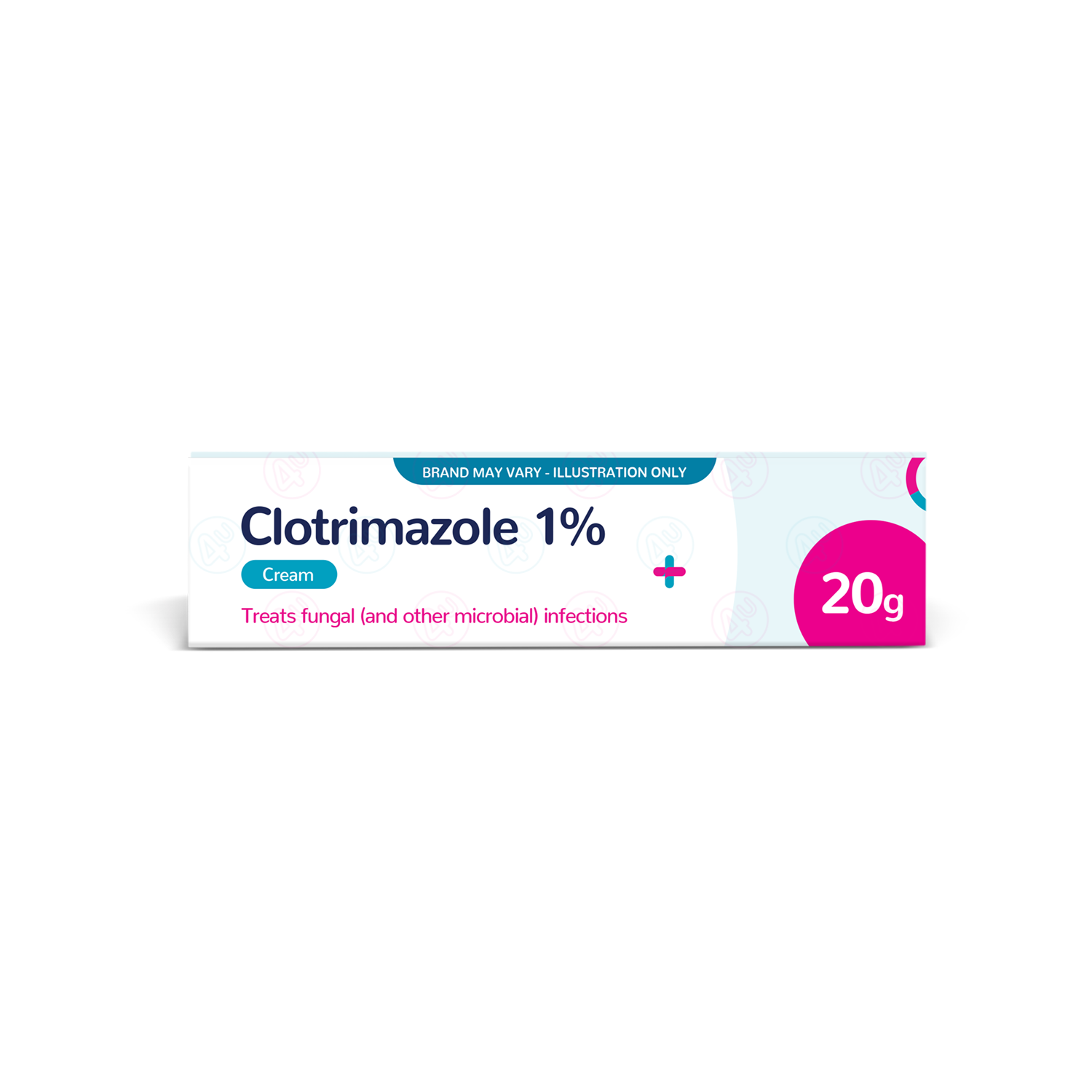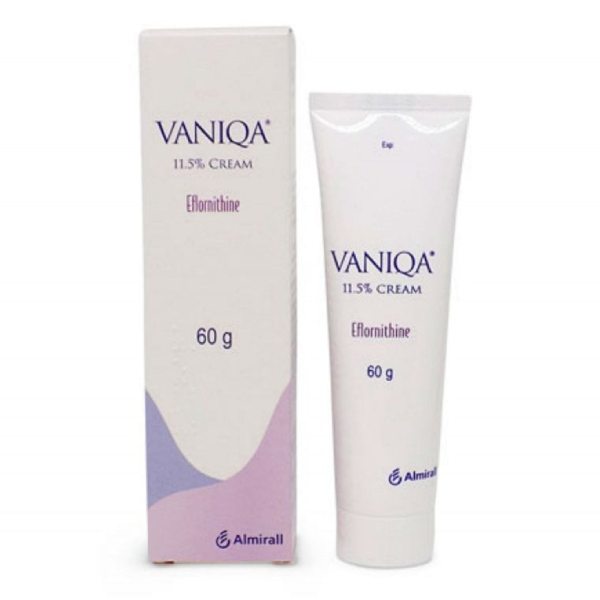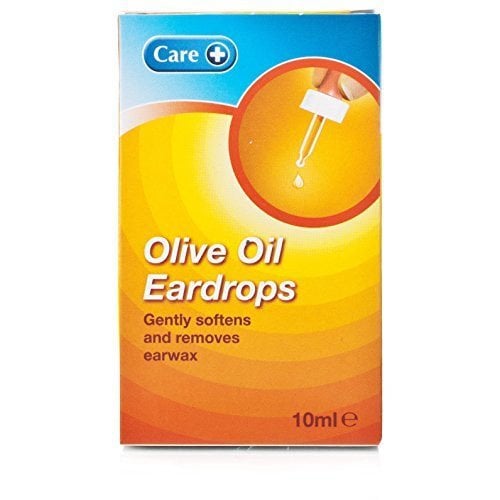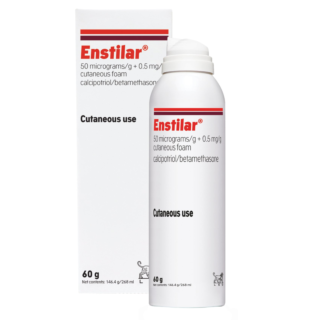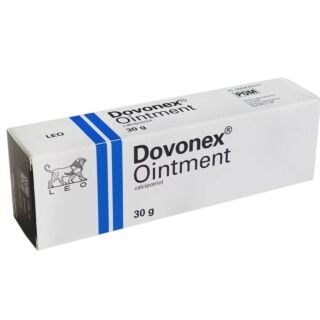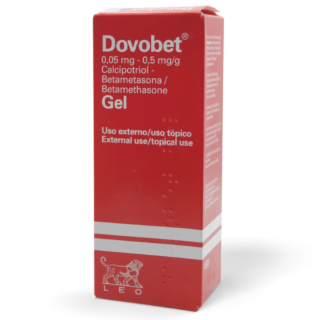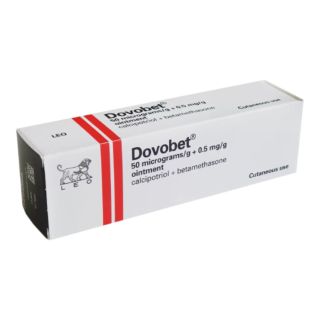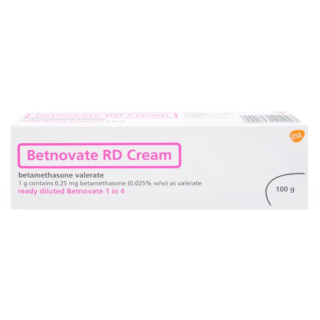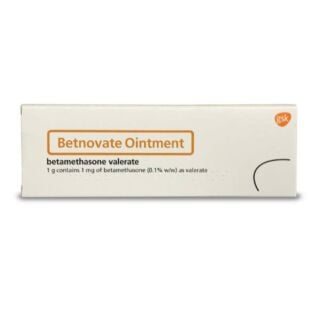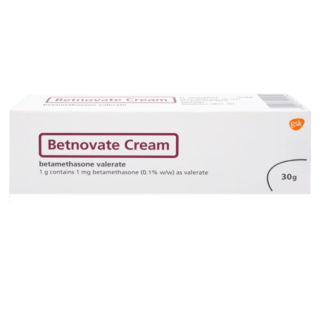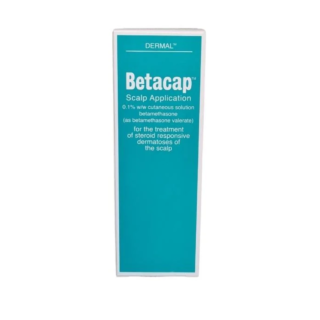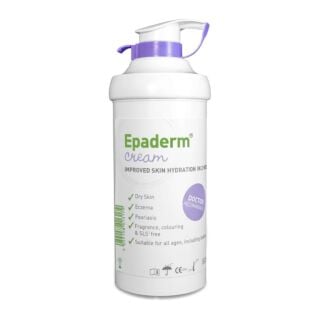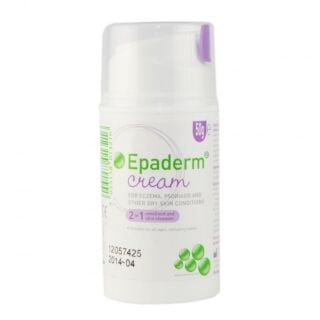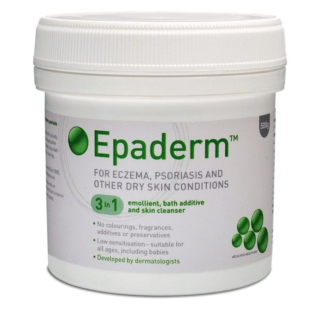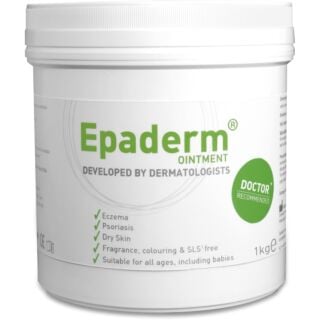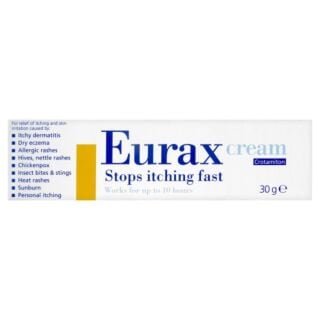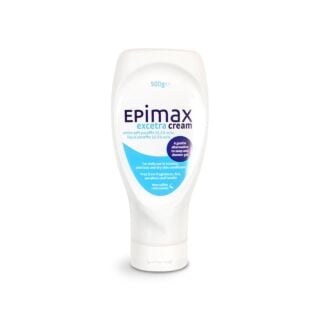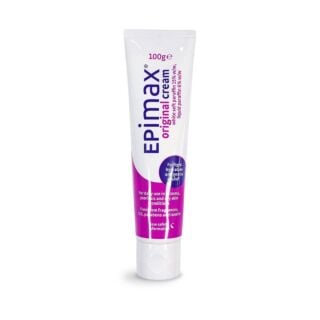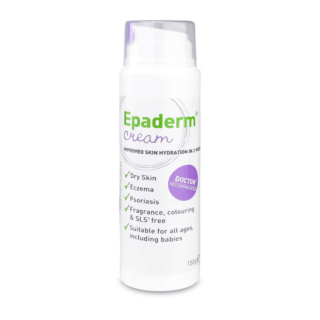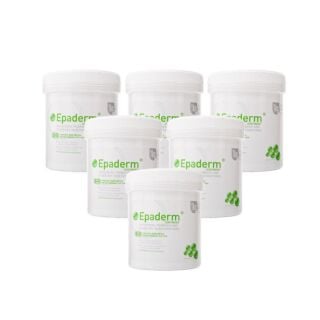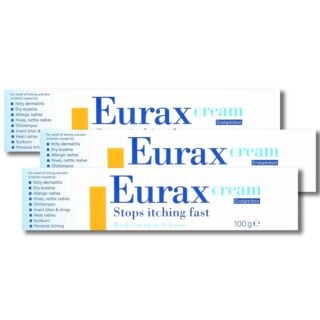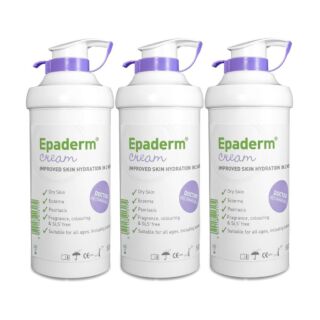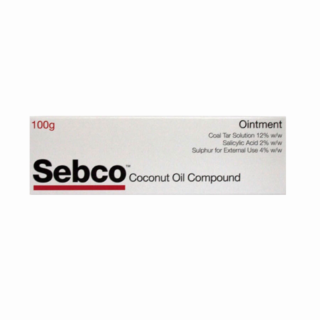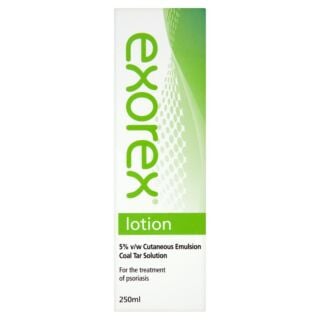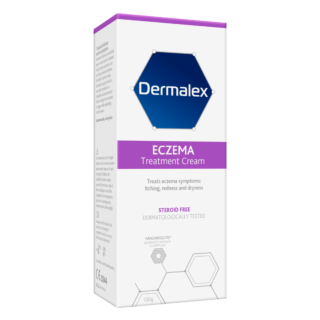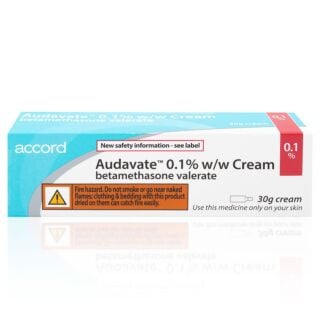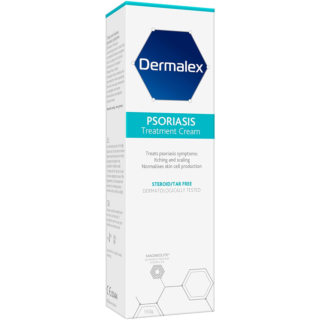Psoriasis
When the scaly, itchy patches that characterise psoriasis begin to flare up on your body, it can affect your concentration, your ability to sleep and your self-esteem[1]. Naturally, then, it may feel as though no one could possibly understand what you’re living with. … Read More See less
But the truth is, at least 125 million people across the world are living with psoriasis[2]. In the UK alone, 1.3–2.8% of the population has the condition, and this number is only increasing over time[3]. So, even when it may not feel like it, you’re certainly not alone when it comes to living with psoriasis.
That’s why we’re outlining everything you need to know about psoriasis, all in one place. So that, whether you’ve been living with the condition for years or have just had your first flare-up, you can get the information you need to help you soothe the symptoms and approach your treatment with confidence.
Related Guides
What is psoriasis?
Psoriasis is a skin condition that causes you to develop itchy, flaky patches of skin which form scales[4]. These can develop anywhere on your body, but typically appear on your:
- Knees
- Elbows
- Scalp
- Lower back
While psoriasis is a chronic (long-term) condition, it usually involves periods when you have symptoms, known as flare-ups, and periods when you don’t have any symptoms. -ups can last anywhere from a few weeks to a few months.
Mild psoriasis flare-ups can be extremely uncomfortable and disruptive[5]. However, in rare cases, severe psoriasis can have a significant impact on your quality of life. In these cases, psoriasis can even lead to tenderness, pain and swelling in your joints, known as psoriatic arthritis.
Psoriasis symptoms
There are several different types of psoriasis, which cause different symptoms. Most people only have one type of psoriasis at a time, though you can have more than one[6]:
- Plaque psoriasis – the most common type of psoriasis, characterised by dry, itchy lesions (plaques) covered by scales. In severe cases, the skin around your joints may crack and bleed. Plaques normally occur on your elbows, knees and lower back, but can appear anywhere on your body. You may have lots of patches or just a few. They vary in colour, depending on the colour of your skin
- Scalp psoriasis – a type of plaque psoriasis that can occur on parts of your scalp or on the whole scalp. The plaques may be itchy and, in severe cases, scalp psoriasis symptoms can lead to hair loss, although this is usually only temporary
- Nail psoriasis – affects about half of all people with psoriasis. It can cause your fingernails and/or toenails to develop small dents or pits, abnormal nail growth and discolouration. Psoriatic nails can loosen and separate from the nail bed (onycholysis). In severe cases, the nail may crumble
- Guttate psoriasis – primarily affects children and teenagers and is sometimes triggered by a streptococcal throat infection. It's characterised by small (less than 1cm), drop-shaped spots on your chest, arms, legs and scalp. Often, guttate psoriasis clears up on its own after a few weeks, but it can also turn into plaque psoriasis
- Inverse psoriasis (flexural psoriasis) – mainly affects the folds and creases in your skin around your armpits, groin, buttocks and breasts. It causes large, smooth patches of skin inflammation that are made by worse by friction and sweating, so this type of psoriasis can be exacerbated by hot weather
- Pustular psoriasis – a rare type of psoriasis which causes pus-filled blisters. These can occur in large patches or on small areas of the palms or soles of your feet
- Palmoplantar pustulosis – a rare type of psoriasis which causes pustules to appear on the palms of your hands and the soles of your feet. These may reappear every few days or weeks and gradually develop into circular, scaly spots that eventually peel off
- Erythrodermic psoriasis – the least common type of psoriasis that affects nearly all the skin on your body. It’s characterised by a peeling rash that can itch or burn intensely. Erythrodermic psoriasis can occur suddenly and be acute (short-lived) or chronic
On white, brown and black skin, psoriasis patches can look pink or red, and the scales white or silvery. On brown and black skin, these patches can also appear as purple or dark brown, and the scales are grey.
How is psoriasis diagnosed?
A GP can typically diagnose psoriasis based on the appearance of your skin. However, if they need to determine the exact type of psoriasis you have and rule out other skin disorders, they may also send a small sample of your skin, called a biopsy, to be tested under a microscope in a laboratory.
If your psoriasis is severe, they may refer you to a dermatologist (a specialist in skin conditions). Alternatively, if your GP suspects you have psoriatic arthritis, they may refer you to a rheumatologist (who specialises in arthritis). A rheumatologist may conduct blood tests and have X-rays taken of your affected joints to ensure your condition isn’t being caused by rheumatoid arthritis.
What causes psoriasis?
Research suggests psoriasis is caused by a problem with the immune system (helps your body to fight off disease and infection) which triggers your skin cells to be replaced more rapidly than usual[7].
New skin cells are produced in the deepest layer of your skin. Over three to four weeks, these new cells move up through all your skin’s layers until they reach the top layer, where they die and flake off. However, this process occurs every three to seven days in people with psoriasis. As a result, immature cells build up rapidly on the surface of the skin, leading to the dry, scaly patches characteristic to psoriasis.
It’s thought that skin cell production is sped up in people with psoriasis because of their T-cells (the main cell used by your immune system). In people with psoriasis, T-cells mistakenly attack healthy skin cells and trigger their skin to make new cells.
How can psoriasis be treated?
If you’re wondering how to cure psoriasis permanently, unfortunately, this isn’t possible[8]. However, there are plenty of treatment options that can help to relieve the symptoms and keep the condition under control[9].
The following treatments can be used in combination with each other, based on your individual needs:
Topical treatments
“Topical” refers to treatments applied to your skin, such as creams and ointments. These are usually the first treatments used for mild to moderate psoriasis and may be all that you need if they work well for you—though they can take up to six weeks to work properly. Topical treatments also include shampoos, which can be used as scalp psoriasis meds.
- Corticosteroids – steroid creams or ointments which work by reducing inflammation and slowing the production of new skin cells. These are the most frequently prescribed topical treatments for mild to moderate psoriasis. They vary in strength, with mild topical corticosteroids (hydrocortisone) usually recommended for sensitive areas (e.g. for genital psoriasis). Stronger corticosteroids (triamcinolone or clobetasol) can be prescribed but should only be used on small areas of skin or particularly thick patches. Side effects including thinned skin in cases of overuse
- Vitamin D analogues – synthetic forms of vitamin D, including calcipotriol, calcitriol and tacalcitol. Like corticosteroids, these psoriasis creams have an anti-inflammatory effect which slows the production of new skin cells. They can be used alone or with topical corticosteroids, as they may cause less irritation in sensitive areas
- Calcineurin inhibitors – ointments or creams—such as tacrolimus and pimecrolimus—that reduce the activity of the immune system and help to reduce inflammation. They’re typically used on sensitive areas, such as around the eyes, if corticosteroids aren’t effective. Side effects include itching, burning and irritation when these medications are first used, though this usually goes away after a few days of use. Calcineurin inhibitors should not be used if you are pregnant, trying to become pregnant or breastfeeding
- Emollients – moisturising treatments that soothe dry skin conditions by producing an oily layer on the surface of the skin that traps water beneath it. These do not treat the underlying cause of psoriasis but can help to ease mild symptoms
- Coal tar – possibly the oldest treatment for psoriasis, coal tar is a thick, heavy oil. It’s not clear how or why it works, but these treatments can help to reduce scaling, itching and inflammation. However, they're also messy, smelly and can stain clothing and bedding. Coal tar treatment is often used in combination with phototherapy (see below) but isn't recommended if you're pregnant or breastfeeding
Phototherapy
Phototherapy uses repeated exposure to natural and artificial light, which can treat moderate to severe psoriasis by decreasing inflammation and slowing the production of new skin cells. There are different kinds of phototherapy:
- Ultraviolet B (UVB) phototherapy – UVB therapy uses a wavelength of light that is invisible to human eyes. You will need to go to hospital for UVB therapy two or three times a week for six to eight weeks, though the sessions only take a few minutes each
- Psoralen plus ultraviolet A (PUVA) – PUVA therapy uses ultraviolet A (UVA) light, which penetrates your skin more deeply than ultraviolet B. Prior to treatment, you’ll be given a tablet or cream containing psoralens, a compound which makes your skin more sensitive to light. This treatment is only used for severe psoriasis that hasn’t responded to other treatments. Side effects include nausea, headaches, burning and itchiness. Long-term use isn’t encouraged, as PUVA can increase your risk of developing skin cancer
- Sunlight – daily exposure to sunlight may help to improve psoriasis as it contains UVB wavelengths. However, you should keep your sessions in the sun brief to avoid burning your skin
Systemic medicines
If your psoriasis is severe or other treatments haven’t worked, you may be prescribed systemic treatments by a specialist. Systemic treatments are medications that work throughout your body and can be very effective in treating psoriasis. However, they all have potentially serious side effects.
There are 2 main types of systemic treatment, non-biological (usually given as tablets or capsules) and biological (usually given as injections):
Non-biological medications
- Methotrexate – suppresses inflammation and slows down the production of skin cells. Side effects include nausea and changes to the production of blood cells. Long-term use can cause liver damage, so this medication is not suitable for people with liver disease and users should not drink alcohol while taking it. Methotrexate is not suitable for pregnant people, anyone who may be trying to get pregnant or who may be trying to get their partner pregnant
- Ciclosporin – suppresses your immune system (immunosuppressant). Ciclosporin increases your chances of kidney disease and high blood pressure, so you will need to be monitored while you take it
- Acitretin – a retinoid that reduces the production of skin cells. It’s used to treat severe psoriasis that hasn’t responded to other non-biological systemic treatments. Side effects include dry, cracking lips, dry nasal passages and, in rarer cases, hepatitis. Acitretin is not suitable for pregnant people or anyone who may be trying to become pregnant
Biological medications
Biological treatments target overactive cells in the immune system and thereby reduce inflammation. Because they effect the whole immune system, they carry a risk of severe infections. You will therefore be monitored throughout your treatment with these drugs.
These treatments are usually only used for severe psoriasis that hasn’t responded to other treatments, or if you can’t use other treatments:
- Etanercept – injected twice per week. Side effects include a rash where the injection is given and severe infection. If you’ve had tuberculosis in the past, there’s a risk of relapse
- Adalimumab – injected once every two weeks. If there’s no improvement after 16 weeks, the treatment will be stopped. Side effects include headaches, a rash at the injection site and nausea. Adalimumab is not suitable for pregnant people or anyone who may be trying to become pregnant
- Infliximab – given as a drip (infusion) into your vein at the hospital. You’ll have three infusions in the first six weeks, then one infusion every eight weeks. If there’s no improvement after 10 weeks, the treatment will be stopped. Side effects include headaches
- Ustekinumab – injected at the beginning of treatment, four weeks later, and then every 12 weeks after that. If there’s no improvement after 16 weeks, the treatment will be stopped. Side effects include a throat infection and a rash at the injection site
Sources
- https://www.mayoclinic.org/diseases-conditions/psoriasis/symptoms-causes/syc-20355840
- https://www.healthline.com/health/psoriasis/facts-statistics-infographic#prevalence
- https://cks.nice.org.uk/topics/psoriasis/background-information/prevalence/
- https://www.nhs.uk/conditions/psoriasis/
- https://www.nhsinform.scot/illnesses-and-conditions/skin-hair-and-nails/psoriasis/
- https://www.nhs.uk/conditions/psoriasis/symptoms/
- https://www.nhs.uk/conditions/psoriasis/causes/
- https://www.nhs.uk/conditions/psoriasis/treatment/
- https://my.clevelandclinic.org/health/diseases/6866-psoriasis

Free delivery when you spend over £30
100% discreet delivery for every item ordered
Fully regulated UK pharmacy
How do you treat scalp psoriasis?
Treatments for psoriasis include topical creams and ointments, phototherapy and oral or injected medicines.
Salicylic acid is a beneficial ingredient for treating mild scalp psoriasis as it can work to soften the patches and remove scales from the skin.
Coal or wood tar is another ingredient to look out for; this works by slowing skin cell growth and reducing inflammation.
What are the symptoms of scalp psoriasis?
Scalp psoriasis is a common condition that causes raised, red, scaly patches on the scalp, forehead or the back of the neck.
Symptoms include red patches, silvery scales, dandruff-like flaking, itching, dryness, burning, pain and hair loss.
What is psoriasis?
Psoriasis is a dry skin condition which is similar to eczema in a lot of ways but causes slightly different symptoms.
When you have a flare-up of psoriasis you’ll experience red, flaky, irritated skin which is covered in silvery scales.
Psoriasis causes an increase in the production of your skin cells, and this build-up is what causes the silvery scales that are a tell-tale sign of this condition.
Psoriasis is a chronic condition which does not currently have a cure, but it can be managed with treatments like Betnovate, other topical steroids, and vitamin D.
What is the difference between scalp psoriasis and dandruff?
Both dandruff and scalp psoriasis can cause dryness, itchiness, and a flaky scalp, so you should see your doctor if you’re not sure what you’re dealing with.
The difference with scalp psoriasis, compared to dandruff, is that it’s long-lasting (chronic), more scaly than flaky, and it can spread past your hairline to your forehead or the back of your neck.
Dandruff is a harmless skin condition, whereas scalp psoriasis is an autoimmune disease caused by white blood cells attacking your skin cells.

